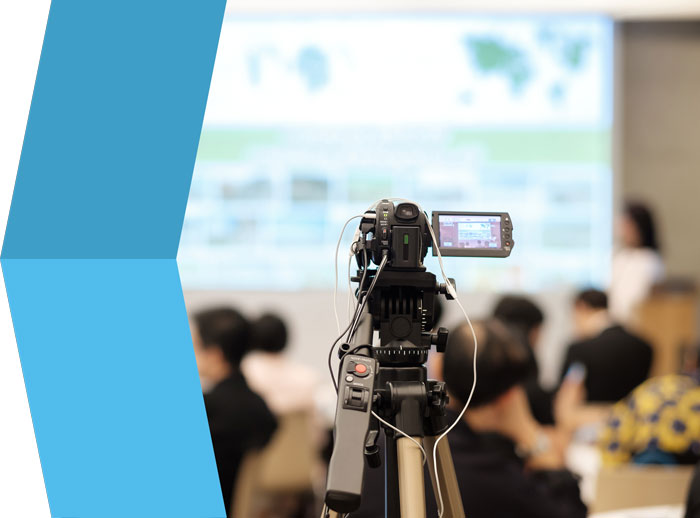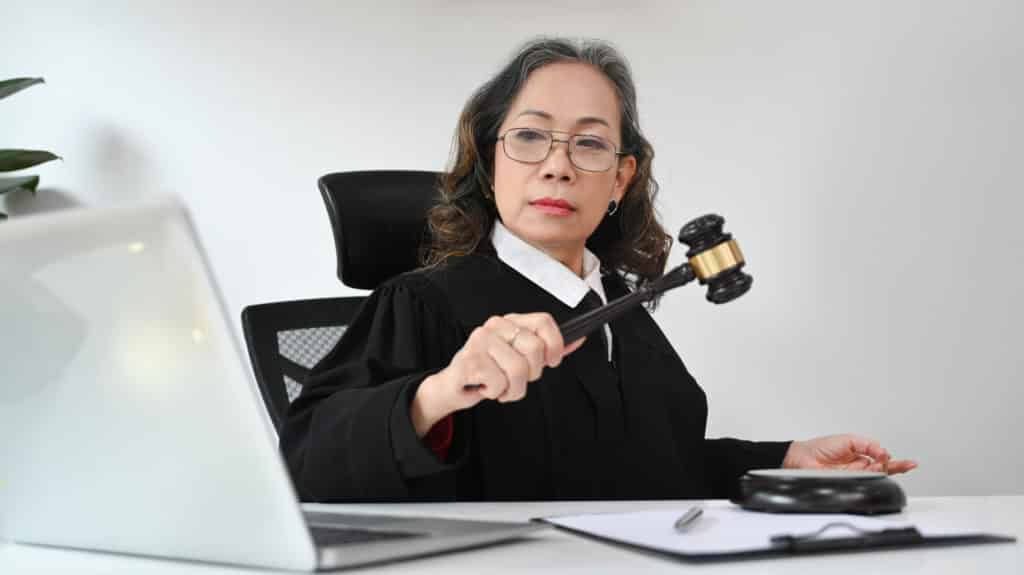Exploring the Devices of Legal Videography: Unveiling Its Procedure in Shielding Authentic Visual Testimony for Judicial Proceedings
In the realm of judicial process, the duty of lawful videography stands as a keystone in preserving and offering aesthetic proof. As innovation remains to advancement, the mechanisms behind lawful videography have come to be significantly intricate, supplying a critical layer of authenticity to testaments recorded on video clip. By delving right into the functional complexities of legal videography, one can reveal the careful processes that safeguard the honesty of visual proof provided in courtrooms - Legal Videography. This expedition not only clarifies the historic evolution of lawful videography yet likewise hints at the future patterns that may better reinvent exactly how aesthetic testaments are upheld in the world of justice.
Historic Evolution of Legal Videography
Examining the historical development of lawful videography reveals a considerable transformation in the catching and discussion of aesthetic evidence within the legal landscape. In the past, lawful process heavily counted on written photos and transcripts to document events and provide evidence. Nonetheless, with the introduction of video technology, the lawful sector witnessed a paradigm shift in exactly how aesthetic testament was captured and presented.
The development of lawful videography can be mapped back to the late 20th century when advancements in video clip recording equipment made it more easily accessible for usage in courts. This technical improvement not just improved the accuracy and reliability of visual evidence but also transformed the way situations were offered to juries and judges (Legal Videography). Attorneys started to identify the influential power of video clip recordings in communicating emotions, subtleties, and non-verbal signs that created photographs or records alone could not catch properly

Modern Technology Innovations in Video Clip Paperwork
What vital technological developments have changed video clip documentation in the lawful field? The lawful field has actually seen significant innovations in video documents innovation that have improved the credibility and dependability of aesthetic evidence in judicial procedures.
Moreover, improvements in video file encryption and watermarking technologies have strengthened the safety and security and tamper-proof nature of video clip proof, safeguarding it versus unapproved modifications or meddling. Furthermore, the development of cloud storage space services and remote accessibility capabilities has streamlined the storage space, access, and sharing of video clip evidence, assisting in smooth collaboration among lawful specialists and ensuring effective accessibility to critical visual statements when required. These technical advancements in video documentation have definitely changed the lawful area, boosting the precision, reliability, and admissibility of visual evidence in judicial proceedings.
Duty of Legal Videographers in Court Room Setups
The evolution of video clip documents modern technology in the lawful field has actually demanded an essential function for legal videographers in court room settings, making certain the honesty and reliability of visual testaments provided throughout judicial process. Lawful videographers play an essential role in catching and maintaining precise aesthetic evidence that can be pivotal in lawsuit. Their obligation encompasses establishing devices, tape-recording proceedings, and generating high-quality videos that precisely reflect the events in the court.
In court setups, lawful videographers have to follow stringent standards and standards to preserve the credibility of the aesthetic document. They must have a keen eye for detail and a detailed understanding of lawful procedures to make sure that the footage they capture is a real depiction of the occasions that transpired. In addition, legal videographers frequently function very closely with lawful groups to ensure that the video evidence aligns with the instance's demands and can be successfully presented in court to sustain the lawful arguments being made. In general, the duty of lawful videographers in court room setups is important in promoting the principles of justice and guaranteeing the openness of legal proceedings.

Ensuring Admissibility and Integrity of Video Clip Proof
To keep the trustworthiness of aesthetic evidence offered in legal process, making certain the admissibility and honesty of video evidence is an important obligation for legal videographers. Admissibility describes the acceptance of proof by the court, and for video proof to be acceptable, it has to meet specific criteria. Legal videographers play an essential function in making sure that the videos they record abide by the policies of proof, such as credibility, dependability, and importance.
Honesty of video clip evidence includes maintaining the creativity and accuracy of the footage from the moment it is videotaped up until it is presented in court. This consists of safely keeping the video files, documenting the chain of custody, and stopping any type of meddling or alterations. Lawful videographers must adhere to stringent methods to guarantee the stability of the video clip proof and protect against any type of challenges to its credibility.
Future Trends in Legal Videography
Provided the enhancing reliance on innovation in legal proceedings, legal videographers are poised to embrace cutting-edge developments shaping the future of aesthetic statement capture and discussion. One of the popular patterns imminent is the combination of digital truth (VR) and augmented reality (AR) innovations into legal videography. These modern technologies have the potential to transform just how aesthetic proof is offered in court rooms, permitting courts and judges to submerse themselves in the scene of the criminal offense or case.
Additionally, using expert system (AI) algorithms for video analysis is expected to simplify the procedure of evaluating and assessing big amounts of video footage. AI can aid in recognizing crucial minutes, anomalies, and patterns within video clips, boosting the performance of lawful examinations.

Conclusion
To conclude, legal videography has played an important function in offering genuine visual proof for judicial process. With technological improvements and the proficiency of lawful videographers, the honesty and admissibility of video proof are made sure in courtroom settings. As legal videography continues to advance, it will certainly be vital to support requirements that preserve the accuracy and dependability of visual testimony for the future of lawful process.
Examining the historical progression of lawful videography reveals a significant change in the catching and discussion of aesthetic proof within the legal landscape.The go to this web-site evolution of video documentation modern technology in the lawful area has actually necessitated an essential function for legal videographers in court setups, making sure the honesty and reliability of aesthetic statements presented during judicial procedures. Additionally, lawful videographers commonly function closely with legal groups to ensure that the video clip proof aligns with the situation's needs and can be effectively presented in court Read More Here to support the legal debates being made.To keep the integrity of aesthetic proof provided in legal proceedings, making certain the admissibility and honesty of video proof is a vital obligation for legal videographers. As legal videography proceeds to evolve, it will certainly be necessary to support standards that preserve the precision and integrity of visual testimony for the future of lawful procedures.